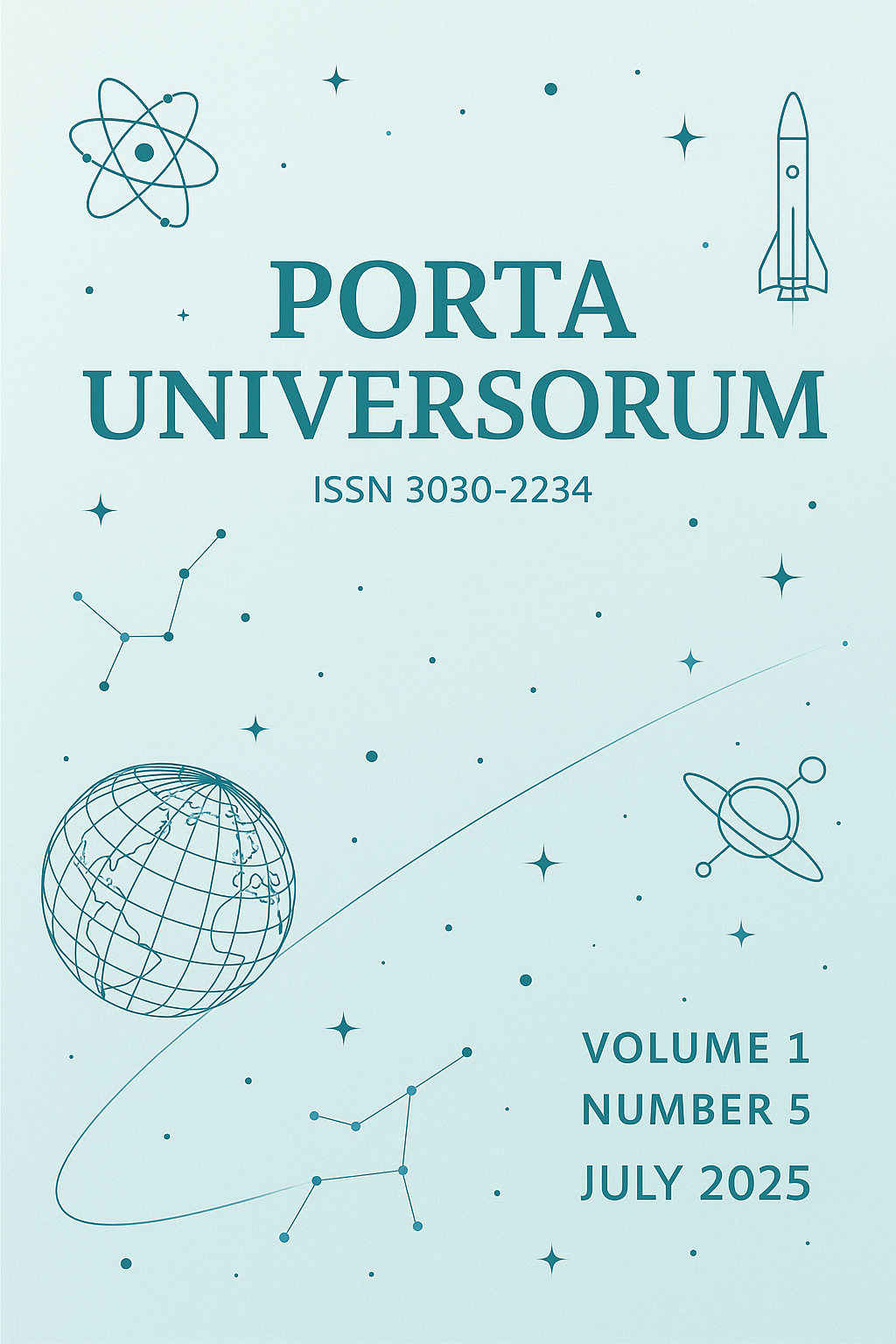Wave Attenuation as a Function of Saltmarsh Vegetation Phenology in the Wadden Sea: A Coupled Hydrodynamic-Ecological Study
##semicolon##
https://doi.org/10.69760/portuni.0105007##semicolon##
Salt marsh##common.commaListSeparator## wave attenuation##common.commaListSeparator## vegetation phenology##common.commaListSeparator## Wadden Sea##common.commaListSeparator## SWAN##common.commaListSeparator## Spartina anglica##common.commaListSeparator## Puccinellia maritima##common.commaListSeparator## nature-based solutions##common.commaListSeparator## coastal resilienceSantrauka
Salt marshes play a vital role in reducing wave energy, thus protecting coastlines. However, this function varies seasonally, depending on vegetation growth. This study quantitatively examines seasonal wave attenuation in a Wadden Sea salt marsh using a coupled eco-hydrodynamic approach. Field data on Spartina anglica and Puccinellia maritima were integrated with the SWAN model across three seasonal phases: summer growth, autumn senescence, and winter dormancy. Results showed an 80% drop in biomass and stem stiffness from summer to winter. Wave modeling during a typical storm revealed attenuation rising from 55% in winter to over 90% in summer. The findings expose a seasonal protection gap, with lowest vegetation defense during peak winter storm risk. This highlights the need for seasonally responsive coastal management strategies under changing climate conditions.
Publikuota
Numeris
Skyrius
##submission.license##
##submission.copyrightStatement##
##submission.license.cc.by-nc4.footer##License Terms
All articles published in Porta Universorum are licensed under the Creative Commons Attribution–NonCommercial 4.0 International License (CC BY-NC 4.0). This license permits:
-
Sharing (copying and redistributing the material in any medium or format),
-
Adapting (remixing, transforming, and building upon the material),
-
for non-commercial purposes only,
-
with proper attribution to the original author(s) and source.
Commercial use of the material is not permitted without prior written permission from the publisher.




